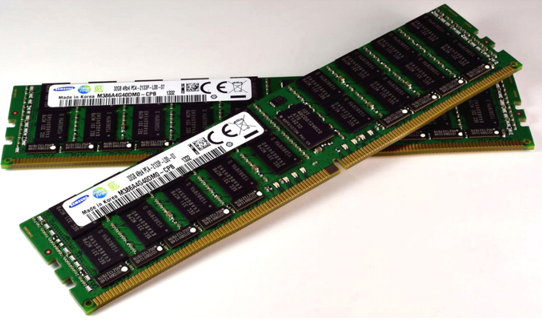DDR4
DDR4, Double Date Rate, is the successor technology of DDR3. This technology was introduced in 2012. The benchmarks set by the Joint Electron Device Engineering Council( JEDEC) show a continuous further development of DDR3 technology in terms of supply voltage and clock frequencies, which is well above 1 GHz.
The transition from one technology to the other is fluid and is made clear in the low-voltage technology used, which works with 1.2 V and 1.05 V. The DIMM modules of the DDR3 technology are also used.
The DIMM modules of the DDR4 SDRAMs (Double Date Rate Synchronous Dynamic RAM) have 288 pins, their bus works with clock frequencies between 1,066 MHz and 2,133 MHz. Depending on the bus clock frequency, the transfer rates are between 2,133 MT/s and 4,266 MT/s and the memory transfers between 3.2 GB/s and 19.2 GB/s.

